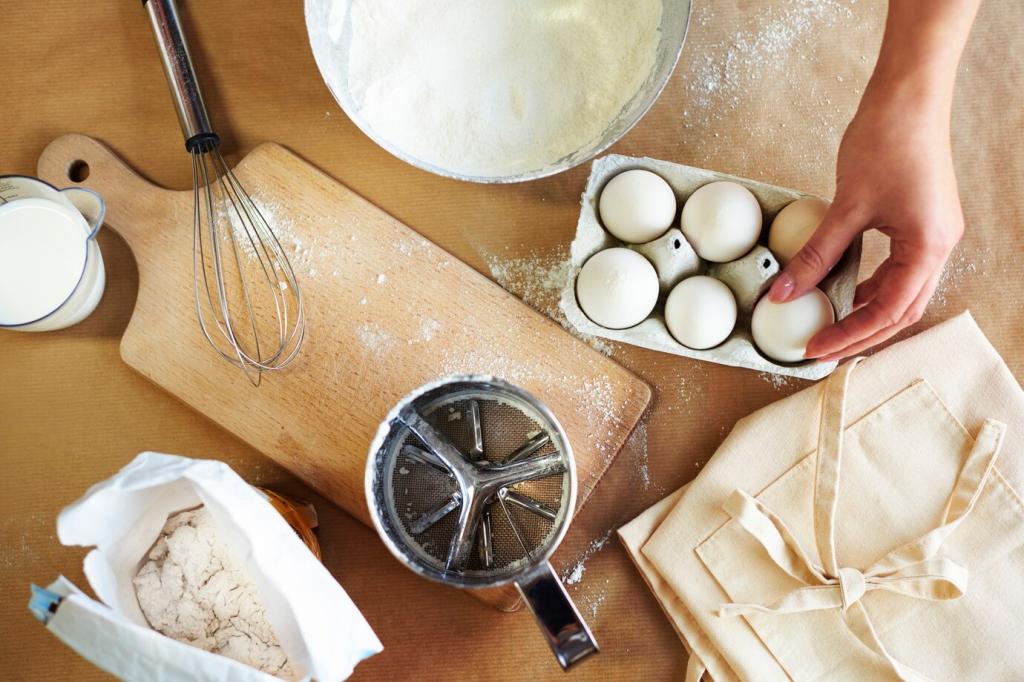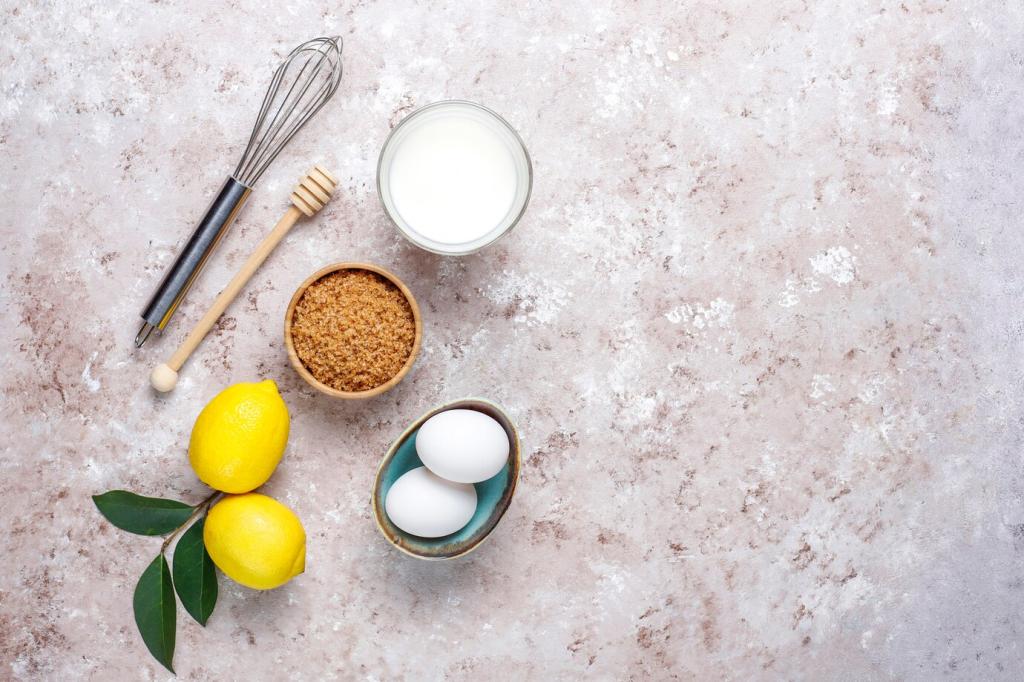
Beginner's Guide to Essential Baking Equipment
Starting your baking journey can be both exciting and overwhelming, especially when faced with the variety of tools and equipment available. This beginner’s guide is designed to introduce you to the most essential baking equipment, explaining their purposes and how they contribute to successful results. Whether you aim to bake simple cookies or artisan breads, understanding the function of these key items will set you up for delicious success and enjoyable experiences in the kitchen.
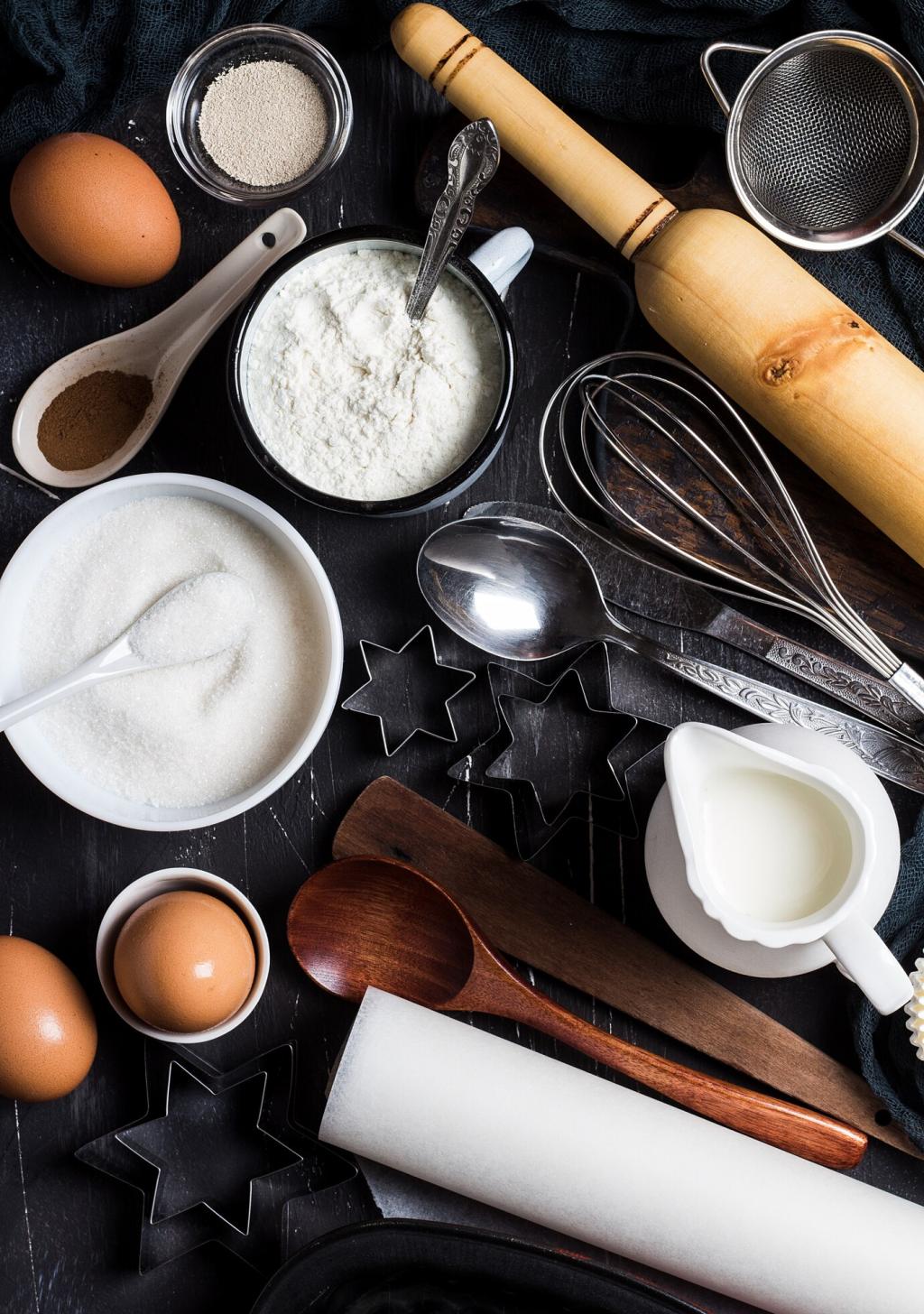
Previous slide
Next slide
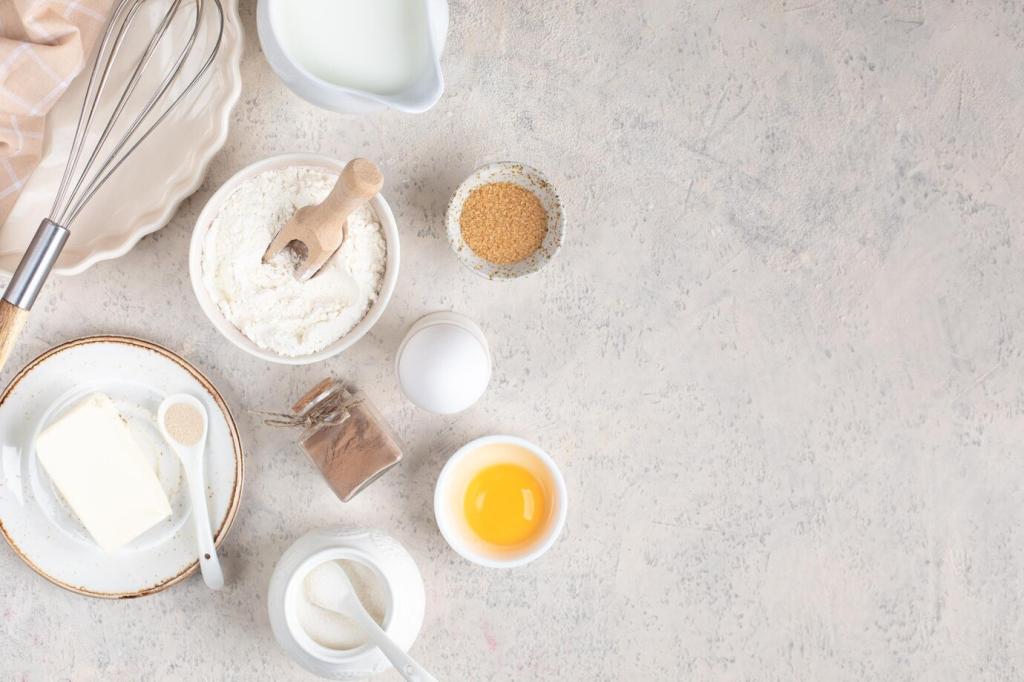
Baking Sheets and Pans
Baking sheets and pans are the backbone of any baker’s kitchen, providing the platforms upon which most recipes are built. Different shapes and sizes allow for a variety of baked goods, from cookies and pastries to cakes and bread. Quality bakeware ensures even heat distribution, preventing burnt edges or undercooked centers. Nonstick finishes make for easier removal of delicate items and quicker cleanup, while heavier-gauge metals maintain their shape and resist warping. Choosing a few essential pieces, such as a half-sheet pan, a loaf pan, and a round cake pan, will cover the majority of basic recipes and help beginners tackle new challenges with confidence.
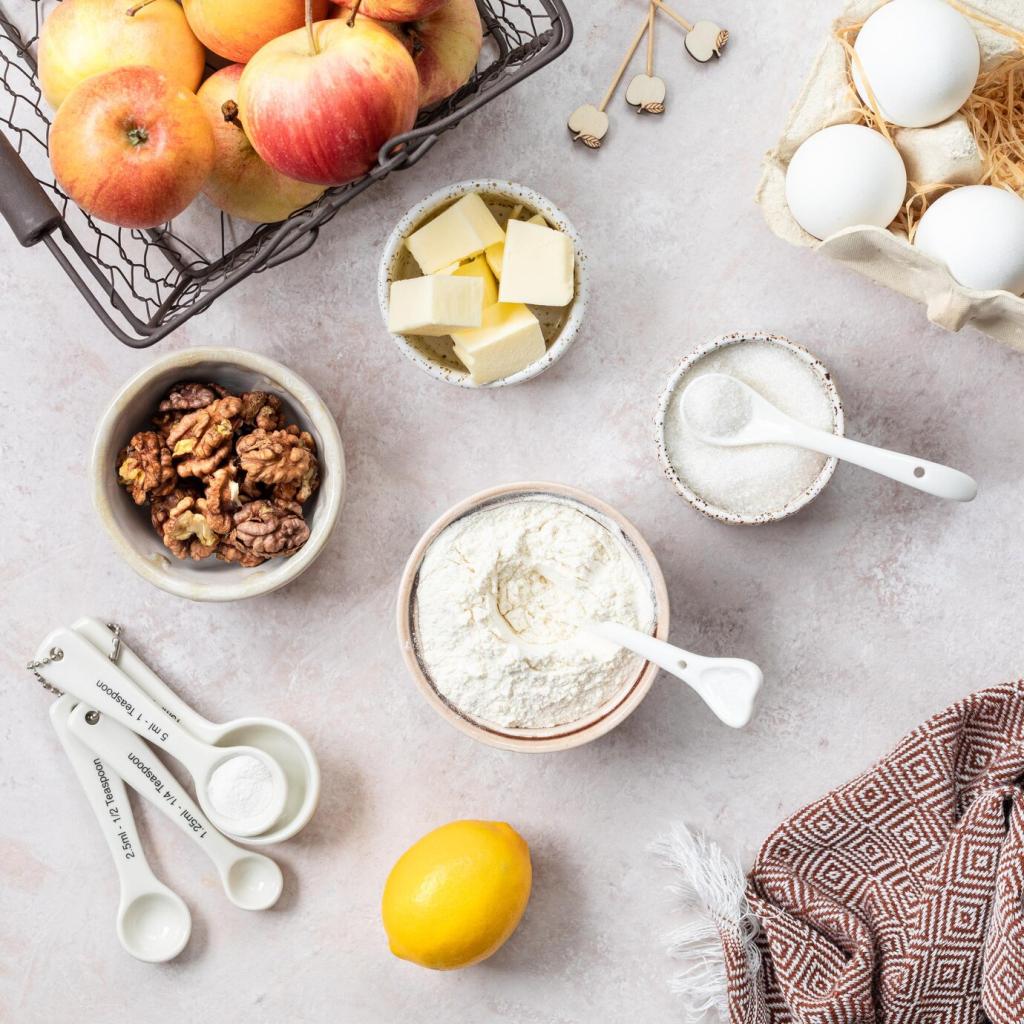
Cooling Racks
After baking, cooling racks play a crucial role in ensuring your treats reach the desired texture and finish. Placing baked goods directly on a countertop can trap steam, leading to soggy bottoms or continued cooking that alters texture. Wire racks provide air circulation around your creations, allowing them to cool evenly and rapidly. This step is particularly important for delicate items like cookies and cakes, which can become overly moist or crumbly if not cooled properly. An elevated, sturdy cooling rack encourages proper cooling, helping you achieve bakery-quality results at home and making your baked goods easier to handle and enjoy.
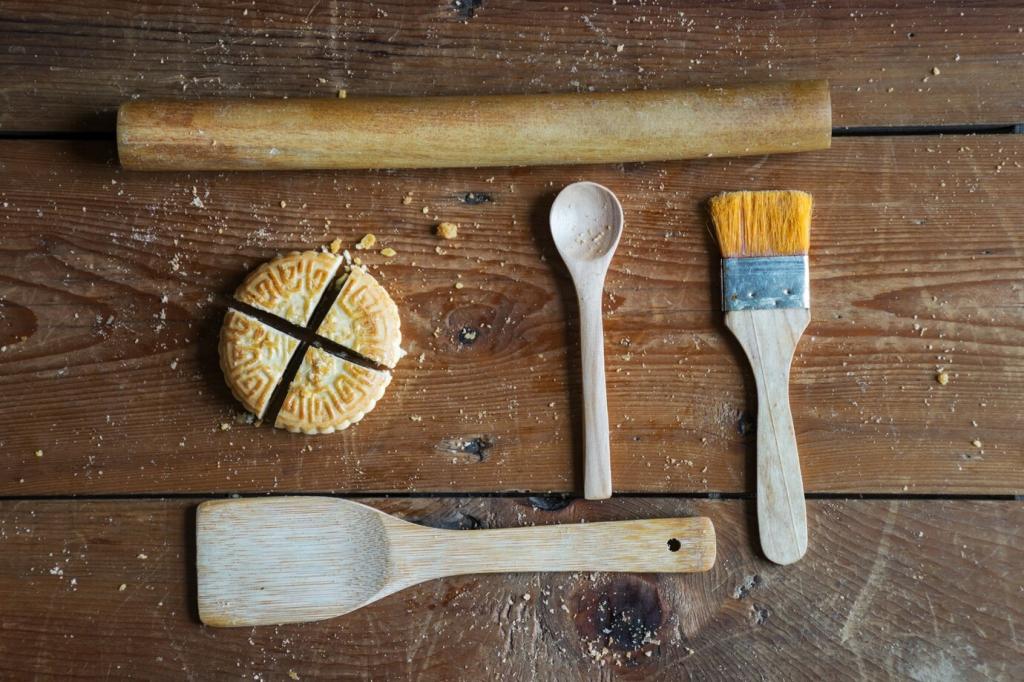
Pastry Boards and Mats
A solid surface for working dough and pastry is essential for everything from kneading bread to shaping cookies or rolling out pie crusts. Pastry boards and silicone mats offer smooth, nonstick surfaces that simplify rolling, cutting, and shaping doughs of all types. Silicone mats can also double as liners for baking sheets, preventing sticking and reducing cleanup time. Wooden or marble pastry boards provide cool, stable surfaces for delicate dough work. By investing in at least one reliable board or mat, beginners will find dough preparation less intimidating and far more enjoyable, setting the stage for successful homemade pastries and breads.
Mixing and Combining Success
Electric mixers, whether hand-held or stand varieties, transform baking by reducing the physical effort needed to blend, whip, or knead ingredients. For beginners, a hand mixer provides tremendous versatility for mixing cake batters, beating egg whites, or creaming butter and sugar. As skills progress, a stand mixer’s power and attachments open up more advanced recipes. While manual mixing works for small jobs, electric mixers ensure even consistency while saving time and energy, preventing fatigue or overmixing. Owning a basic mixer enables you to expand your recipe repertoire and tackle more ambitious baking projects with ease and confidence.
